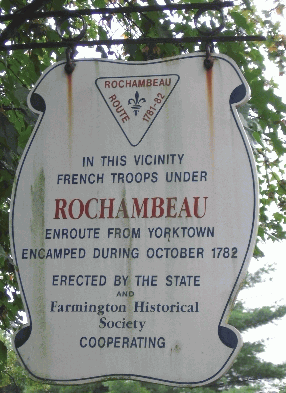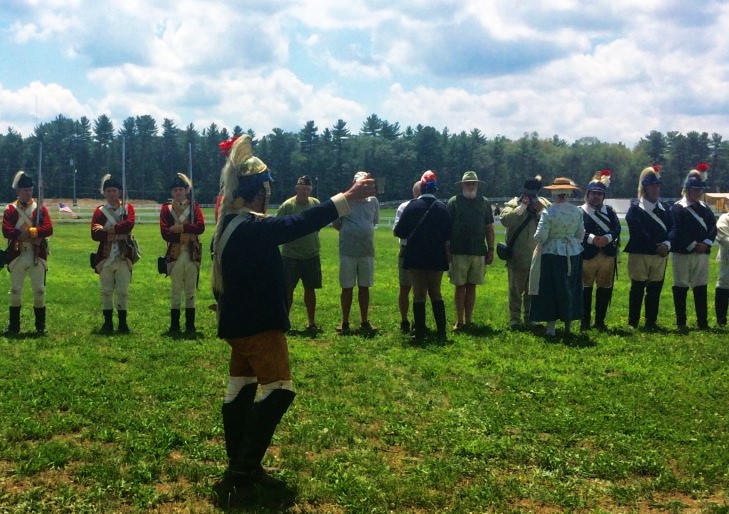
Tunxis Indians - 1625
Farmington’s history begins in the meadows by the Farmington River — fertile land that the Native Americans called Tunxis Sepus (“at the bend of the little river”). The Tunxis Indians, …
Read More →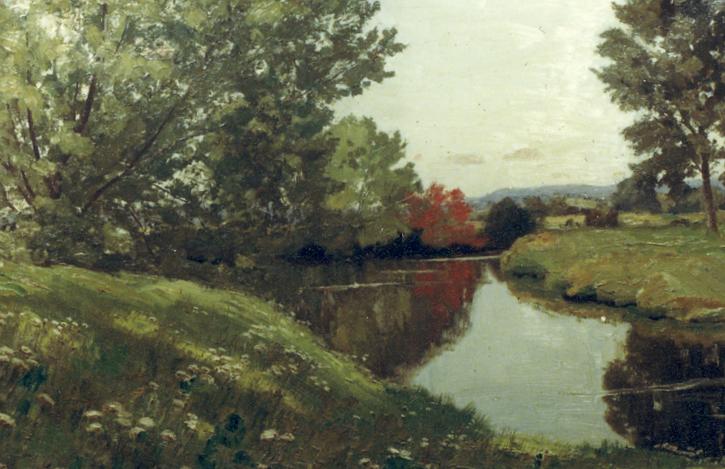
Settlement of Farmington - 1640
“Bend of the Pequabuck,” by Robert Brandegee, 1898. Courtesy of the Farmington Village Green and Library Association (FVGLA). In 1640, a group of about a dozen English settlers from Hartford, …
Read More →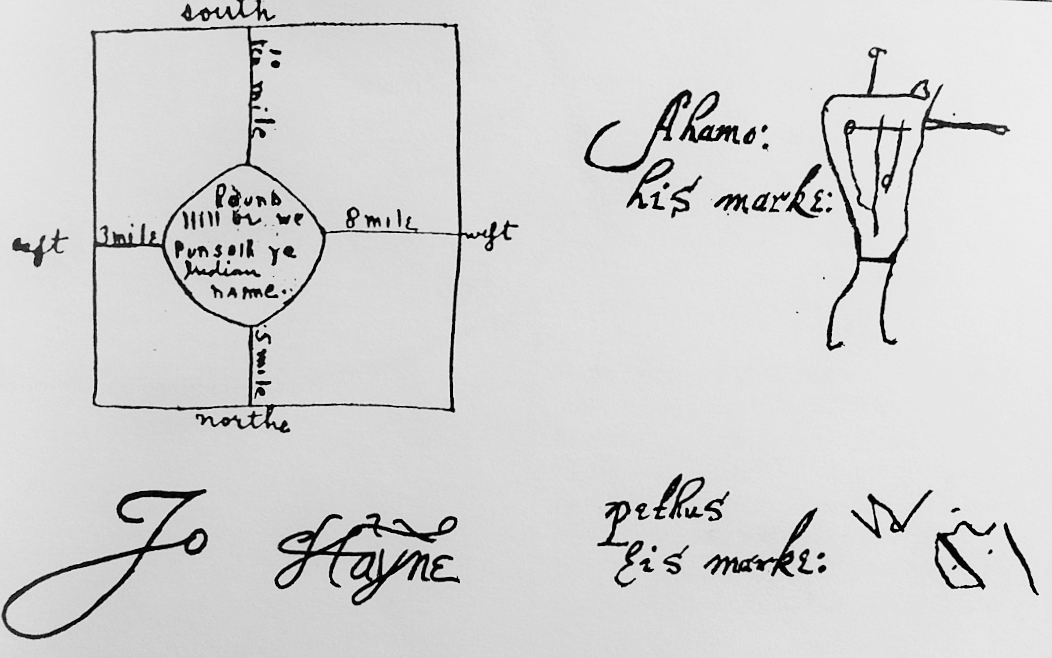
Farmington Incorporates - 1645
The land was incorporated in 1645 as the town of Farmington by an act of the Connecticut General Assembly. In 1650, a deed was executed confirming the original sale, and …
Read More →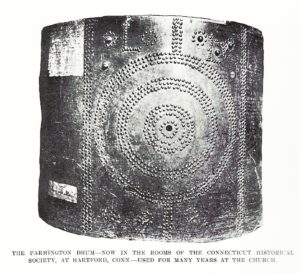
First Church Congregates - 1652
The settlers formed a church congregation in 1652, and the first services were held in townspeople’s homes. By 1666, the Congregational Church had built a meetinghouse, which was the center …
Read More →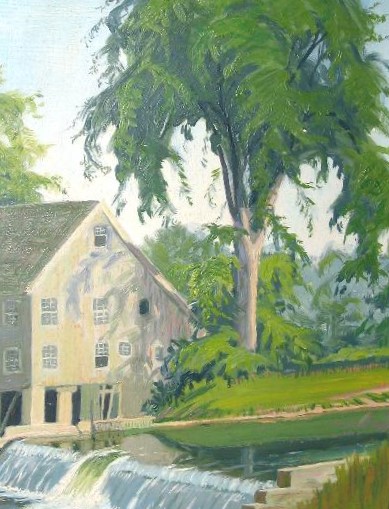
Gristmill Constructed - 1673
In 1673, a gristmill was constructed by the Farmington River, and then a fulling mill for processing homespun wool. The building is now owned by Miss Porter’s School.
Read More →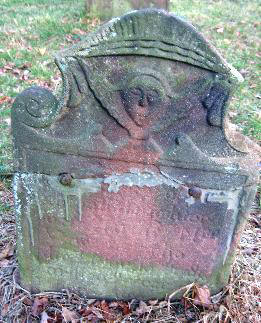
The Ancient Burying Ground - 1685
We call it “Memento Mori,” that tree-shaded hill of grave markers visible behind a dark picket fence and Egyptian Revival gate with its papyrus columns. Thousands pass it daily in their …
Read More →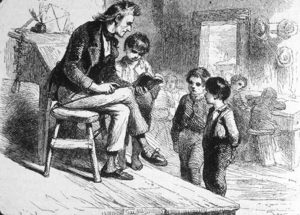
First Recorded Teacher in Farmington - 1685
The first school in Farmington was most likely established about the same time as the church. Puritan codes required one teacher for every settlement of fifty households — so children …
Read More →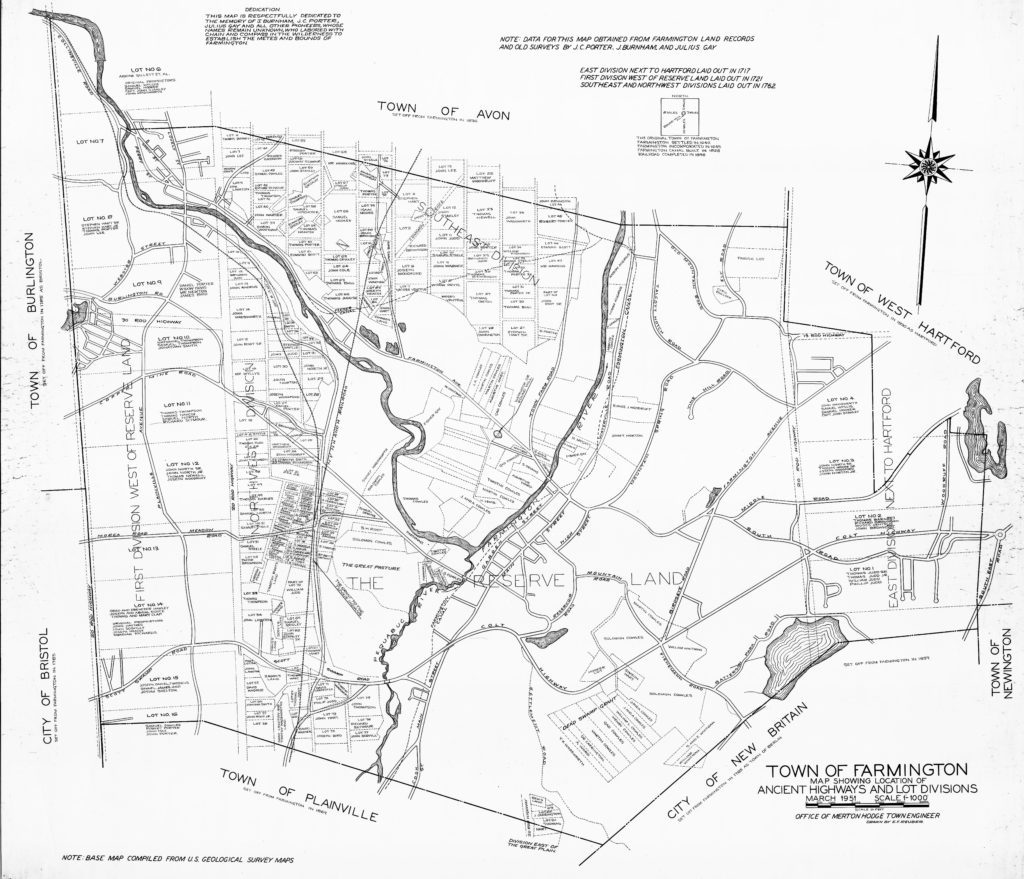
Ancient Highways - 1700
Ancient Highways Town of Farmington Map showing location of ancient highways and land divisions. Drawn by E. F. Reuber in 1951
Read More →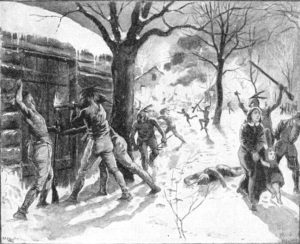
Native American Raids 🗓 - 1704
In 1704, news of the French and Indian massacre of English colonists in Deerfield, Mass., led Farmington townspeople to fortify seven houses. After rumors of an Indian attack from Canada, …
Read More →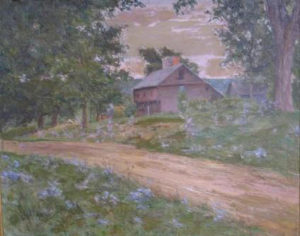
The Farming Town Prospers - 1720
The first homes of the settlers in Farmington were rough-hewn log huts, but as the town became more established the huts gave way to wooden frame houses. A rare surviving …
Read More →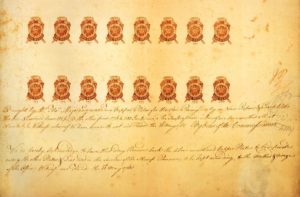
First Steps Toward Rebellion - 1770
During the years leading up to the Revolutionary War, feelings of patriotism were strongly felt in town. In 1770, Farmington took action against British taxes on imports by voting to …
Read More →
The New Meeting House Built 🗓 - 1771
The present Congregational Church, known for its graceful spire, was built in 1771. The spire, which can be seen above the treetops for miles around, has become a symbol of …
Read More →Little Red Schoolhouses - 1772
The town continued to grow, and by 1772 there were numerous “little red schoolhouses” in town, each named after their districts, including: East District, Middle District, Union District, Great Plain …
Read More →
A Revolution Begins - 1773
While the town began as a self-reliant farming community in the peaceful Farmington River Valley, its history has always been interwoven with that of the nation. In the town’s Colonial years, …
Read More →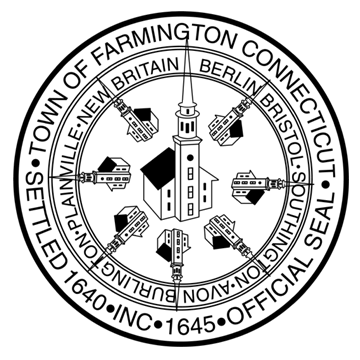
Farmington’s Population Grows - 1774
In 1774, Farmington’s population was the tenth largest in the colonies, after Boston, Newport, New York, Philadelphia, Charlestown, Salem, Baltimore, New Haven and Norwich. The town claimed the third largest …
Read More →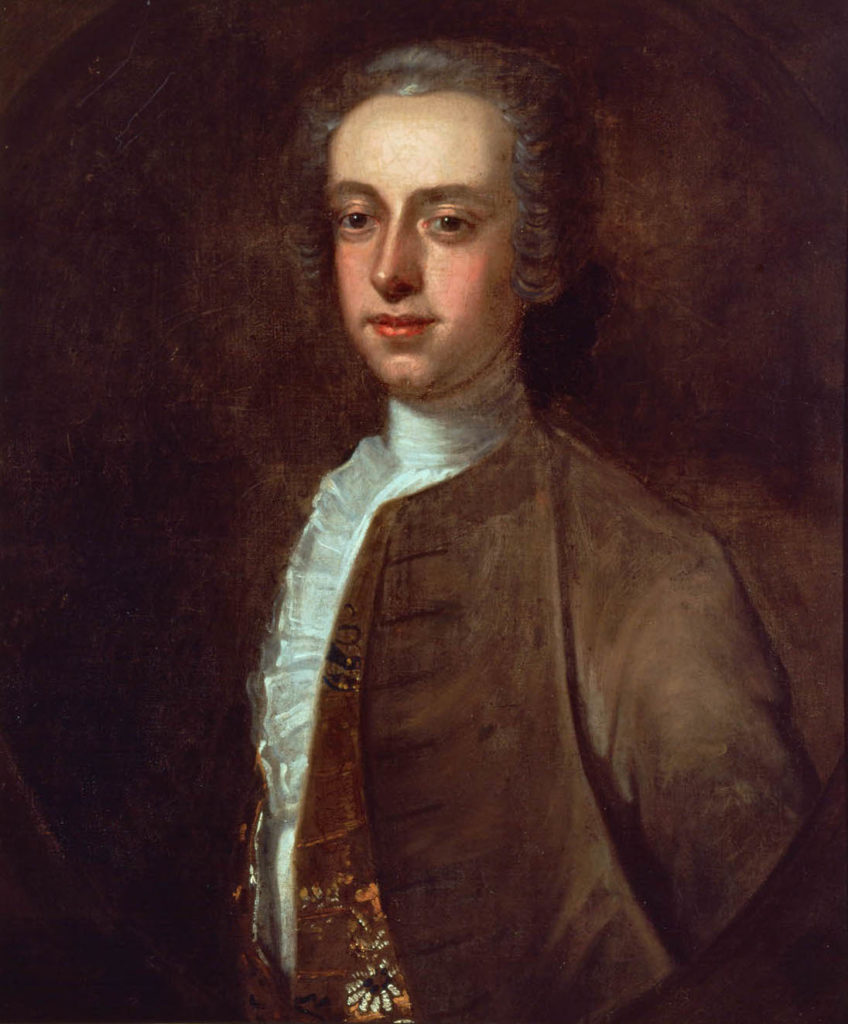
Farmington Protests Intolerable Acts - 1774
The town was one of the first in the Colonies to respond to the British blockade of Boston harbor in 1774. A crowd of 1,000 gathered in Farmington for the …
Read More →Tunxis Tribe Begins to Disband - 1775
In 1775, some made plans to move to another tribe in Stockbridge, Mass., and some to Oneida, N.Y. Others moved to Green Bay, Wisconsin. A few never left Farmington. …
Read More →Abolitionist Movement Begins - 1775
Slavery was legal in the thirteen colonies before the Revolution, but antislavery sentiment grew after the war. The first article published in America that called for the abolition of …
Read More →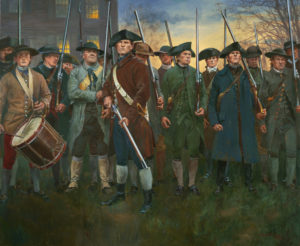
Farmington Mobilizes - 1775
On April 19, 1775, British and American soldiers exchanged fire in Lexington and Concord, Mass., and the next day Fisher Gay is said to have closed his store in Farmington …
Read More →Colonel Fisher Gay and Other Freedom Fighters - 1776
“Feby. 2, 1776. Set off for headquarters to join the Army under the command of General Washington before Boston, and arrived at Roxbury 6th of said month. Stationed at Roxbury …
Read More →Farmington Fights - 1776
Several hundred patriots joined Farmington’s three regiments in 1776 and 1777, fighting at Boston, Ticonderoga, Crown Point, and West Point, Stoney Point, and Morristown, N.J. After the British evacuated Boston …
Read More →African Americans from Farmington Join the Fight - 1776
Some of the African American soldiers from Farmington were free men, but others were slaves. In Speaking for Ourselves, published by the Farmington Historical Society in 1998, Barbara Donahue wrote that Pharoah …
Read More →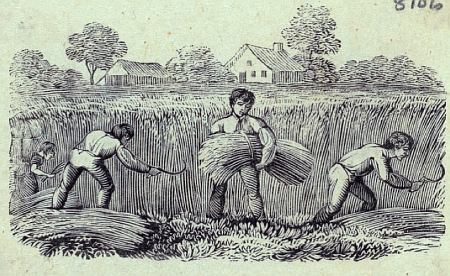
The Homefront - 1776
After the British evacuated Boston in March 1776, the main route from Newport and Hartford to the highlands above New York City was through Farmington. Troops, equipment, and provisions passed …
Read More →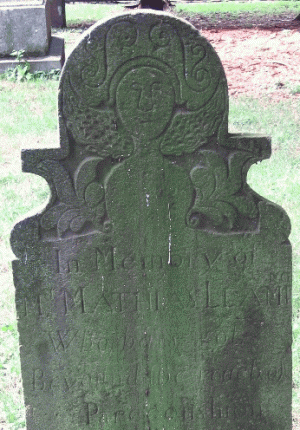
Farmington Loyalists - 1776
Not all town residents rallied to the cause of the Revolution. A few dared to take a stand as Loyalists, or Tories. As Christopher Bickford wrote in Farmington in Connecticut, the Tories …
Read More →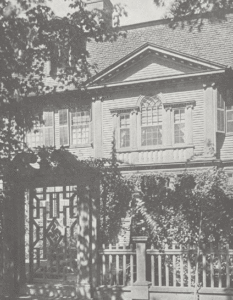
Prisoners Turned Builders - 1777
In October 1777, General Horatio Gates defeated British General John Burgoyne at the Battle of Saratoga, N.Y., a turning point in the war. Some of Burgoyne’s officers were held as …
Read More →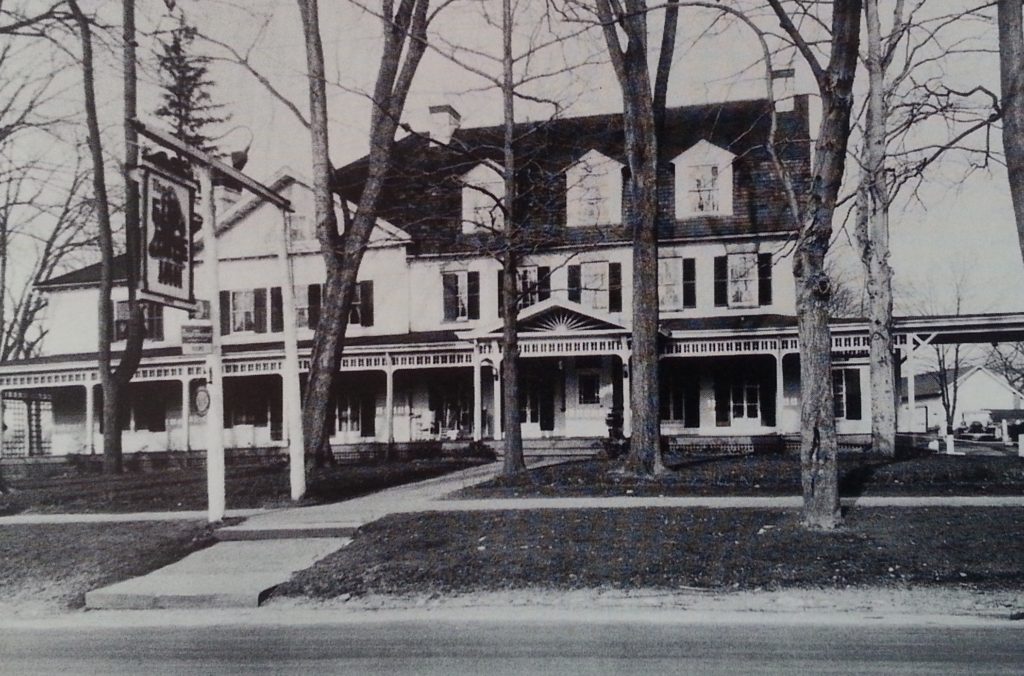
Washington Rides Through - 1780
Washington passed through Farmington at least six times during the war. In 1780 he traveled through the town on the way to Hartford, where he met Rochambeau. On his return, …
Read More →“The Village of Pretty Houses” - 1781
George Washington, who traveled through town in 1780 and 1781, is said to have called Farmington “the village of pretty houses.” And when the French army, commanded by the Comte …
Read More →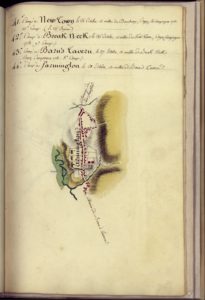
The French Visit Farmington - 1781
With the American victory at Saratoga, France joined the war against the British. Twice during the war, the commander of the French army, the Comte de Rochambeau, passed through Farmington …
Read More →The Toll of War Brings Peace - 1782
While no battles were fought on Farmington soil, years of war left the town exhausted. At a town meeting in 1782, as the war drew to a close, a resolution …
Read More →The Abolitionist Movement - 1784
Slavery was legal in the thirteen colonies before the Revolution, but antislavery sentiment grew after the war. The first article published in America that called for the abolition of the …
Read More →Gradual Emancipation of Slaves in Connecticut - 1784
Northeastern states gradually adopted laws abolishing slavery or leading toward emancipation. In 1784, the Connecticut General Assembly passed a bill for the gradual emancipation of slaves — all slaves born …
Read More →“The Halcyon Days of New England are Past” - 1784
After the Revolutionary War, the town became a trading center, selling Yankee wares in the South and importing goods from as far away as China. Townspeople began wearing silks and …
Read More →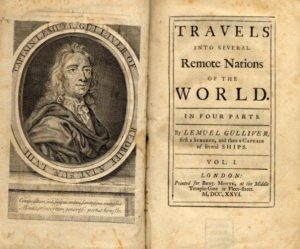
First Library - 1785
Soon after the war, in August 1785, six young men organized a brief subscription library. No records remain, but some books were passed onto the new 1795 library of the …
Read More →
“The Cottages” - 1787
The small white cottage at 138 Main Street, home to the Farmington Historical Society, and its neighbor at 140 Main Street, are time travelers in a sense — unique 18th-century …
Read More →Prosperity Grows - 1790
As the number of industries grew in Farmington in the late 1700s, the town became increasingly prosperous. Factories manufactured linen, hats, leather goods, muskets, and buttons. There were several clockmakers …
Read More →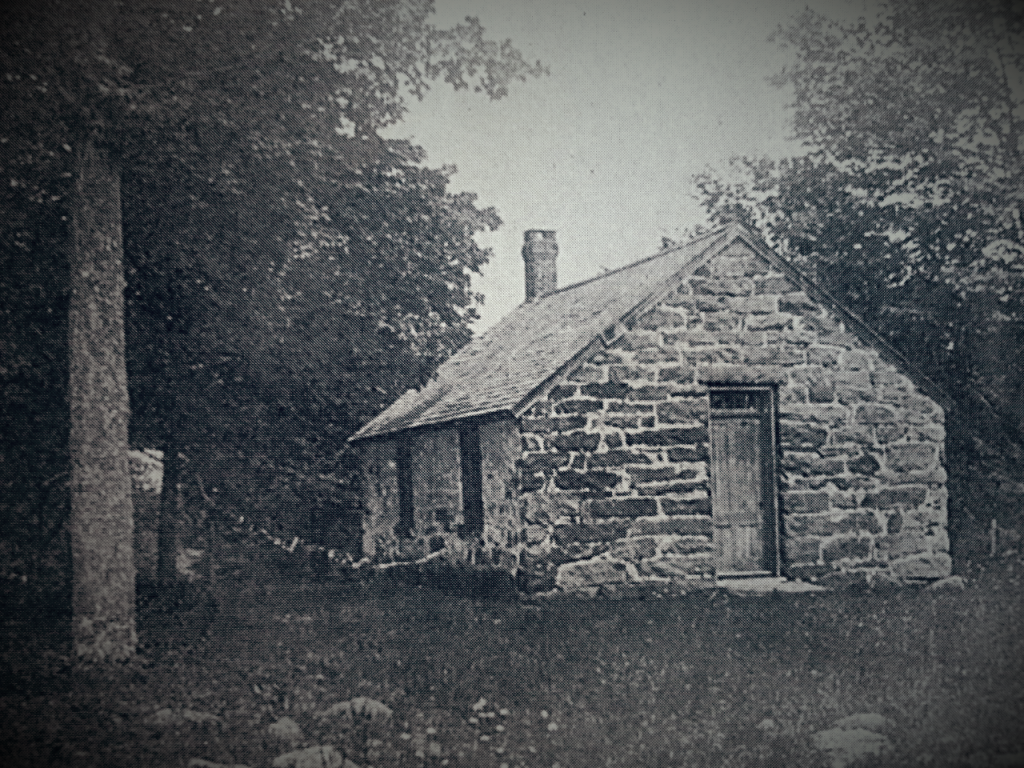
The Old Stone Schoolhouse - 1790
The Old Stone Schoolhouse, at Red Oak Hill and Coppermine roads, was a schoolhouse from 1790 to 1872. From 1875 to 1956, it was used as a chapel and community center.
Read More →Slavery After the American Revolution - 1790
The new nation that Farmington patriots fought for in the Revolution was founded on the principle that “all men are created equal … endowed by their Creator with certain unalienable rights,” …
Read More →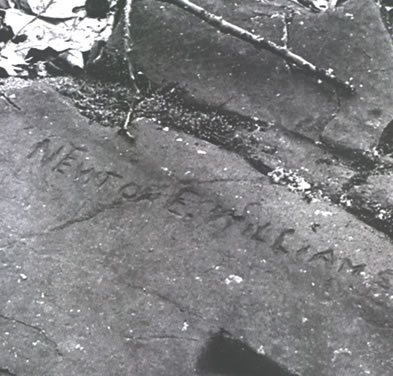
Hospital Rock - 1792
Hidden deep in the second-growth hardwood forest of Rattlesnake Mountain is an inconspicuous flat ledge of traprock. On it are carved 66 names of long-ago Farmington residents. This is Farmington …
Read More →
Early Farmington Artists - 1795
Two early Farmington artists were actually engravers: Joel Allen (1755–1825) and Martin Bull (1744–1825). Allen engraved the first Amer ican book on musical harmony, and Bull did the Farmington Library’s …
Read More →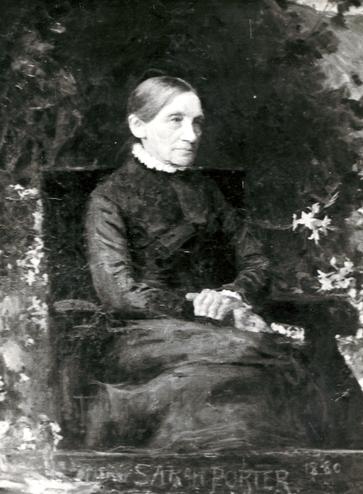
Sarah Porter Born - 1813
Here we must acknowledge a person who profoundly influenced the cultural life of Farmington, and helped develop a small-town intelligentsia. Sarah Porter (1813–1900), daughter of the long-serving pastor Noah Porter …
Read More →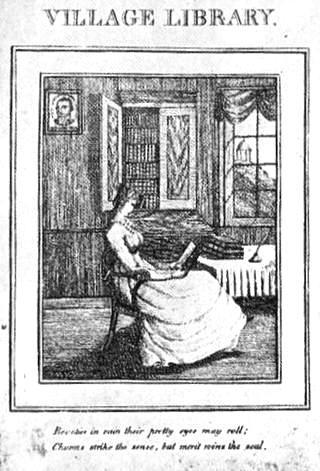
The Village Library - 1817
During the same period, another library, called the Village Library, was formed. A group of young men met on Saturdays under the church horse sheds (built for those who traveled …
Read More →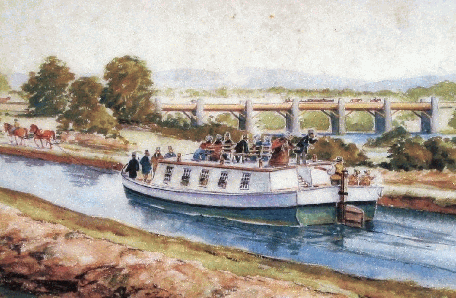
The Farmington Canal - 1830
In 1822 the Farmington Canal Company was chartered to build the waterway from New Haven to Northampton, Massachusetts. Construction on the canal, which was inspired by the …
Read More →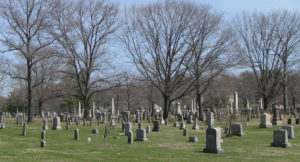
Riverside Cemetery - 1830
Photo by Brooke Martin Farmington’s Riverside Cemetery lies above and beside the banks of the Farmington River, a tranquil oasis from the traffic on nearby streets. Those who come to …
Read More →The Farmington Library Company - 1839
In February 1839 the Village Library/Phoenix became the Farmington Library Company and moved to the old Academy building with William Porter as librarian. In his 1890 address at the opening …
Read More →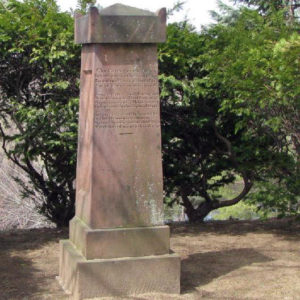
Tunxis Monument - 1840
A brown sandstone monument, erected in 1840 at Riverside Cemetery, honors the Tunxis tribe. Inscribed on it are the lines of Hartford poet Lydia Huntley Sigourney: Chieftains of a vanished race, …
Read More →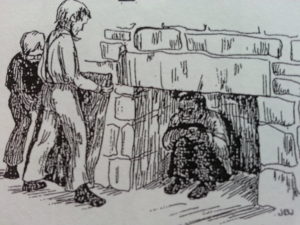
Underground Railroad - 1840
Beginning in the late 1700s, many slaves sought freedom by fleeing north to “free” states and Canada. Independent groups of abolitionist sympathizers together formed a network of secret routes and …
Read More →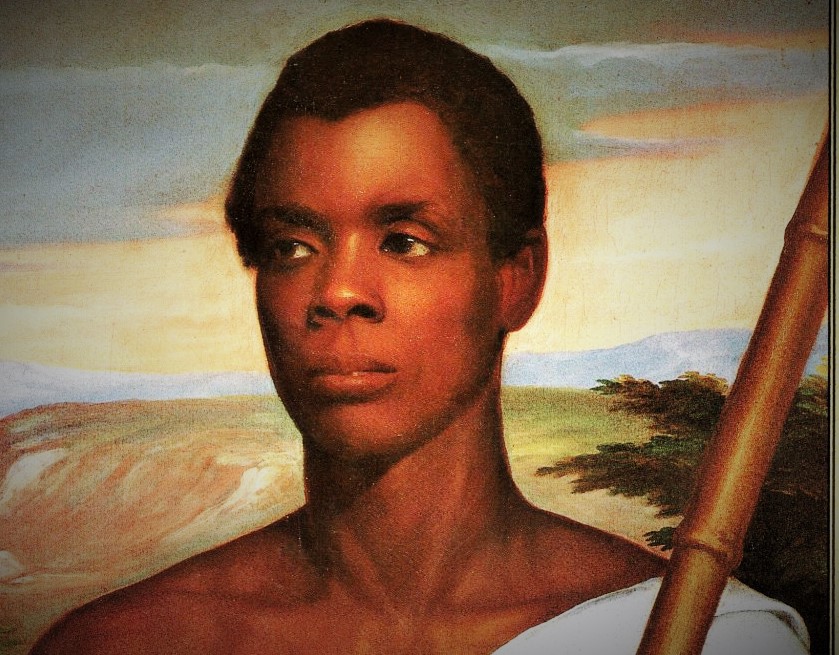
The Amistad Captives - 1841
From March through November 1841, Farmington was home to the African Mendi captives who had rebelled and overtaken the slave-ship, La Amistad. The 53 captives, mostly Mendi from what is now Sierra …
Read More →
On the Farmington River - 1862
Farmington River, Farmington, Connecticut by James McDougal Hart The Civil War brought change to American aesthetics, and demand for art of a different style – perhaps to help heal …
Read More →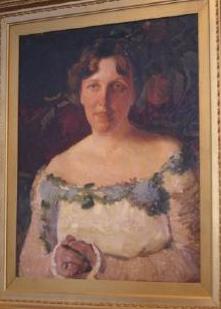
Theodate Pope Riddle - 1867
Theodate Pope Riddle was an American architect. She was one of the first American women architects as well as a survivor of the Lusitania. A graduate of Miss Porter’s School, …
Read More →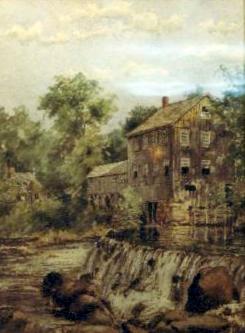
Farmington Landscape Artists - 1870
Other nineteenth-century landscapists worked in Farmington. Aaron Draper Shattuck (1832–1928) painted “Farmington River and Shore Foliage” in 1879. Daniel F. Wentworth (1850–1934) painted the Grist Mill in 1884, Allen Butler …
Read More →
Post- Civil War - 1872
Photo by Brooke Martin
Read More →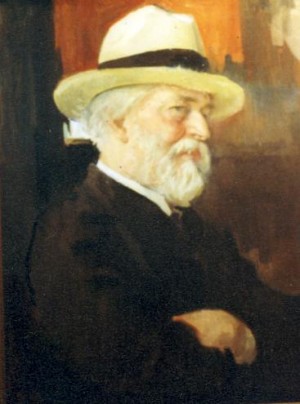
Robert Brandegee - 1880
Robert Brandegee (1849–1922) was hired by Sarah Porter in 1880 and succeeded Tuthill as art teacher at the school. He grew up in nearby Berlin, studied at E. L. Hart’s …
Read More →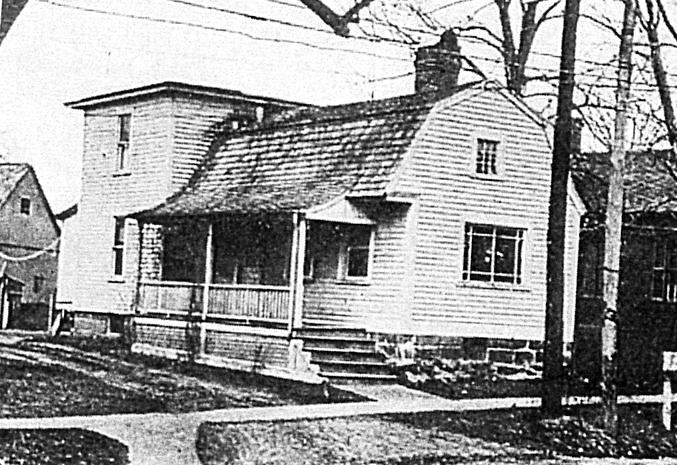
Julia Brandegee’s Library - 1882
Eight years before the Town Hall was built, Julia Brandegee, the younger sister of Sarah Brandegee Barney (a Miss Porter’s School graduate) took a precedent-breaking step. She opened her …
Read More →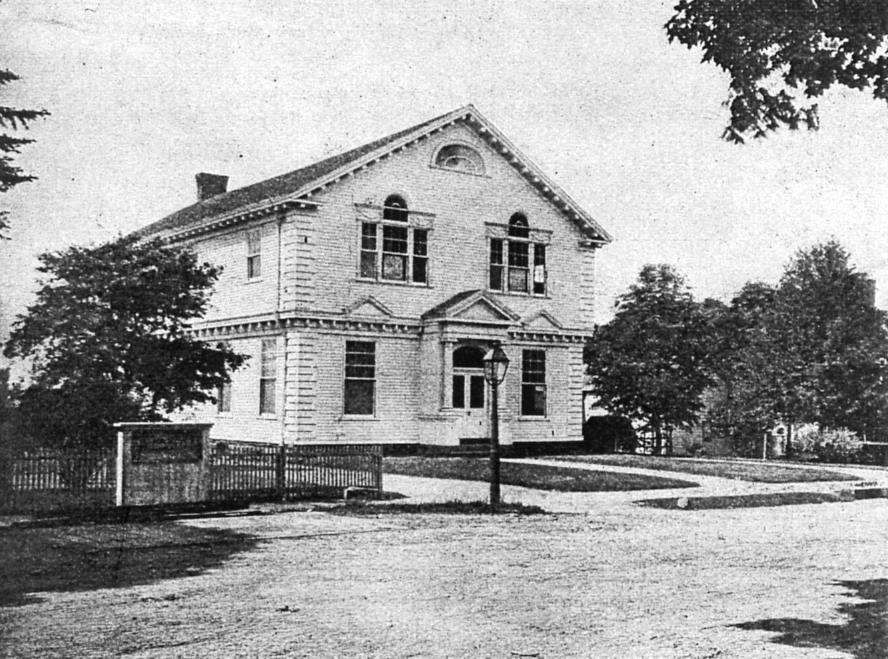
Tunxis Library Merger - 1890
When the new Town Hall was built in 1890 on Main Street (where the fire station is now), Julia Brandegee’s Tunxis Free Library merged with the Farmington Library Co. from …
Read More →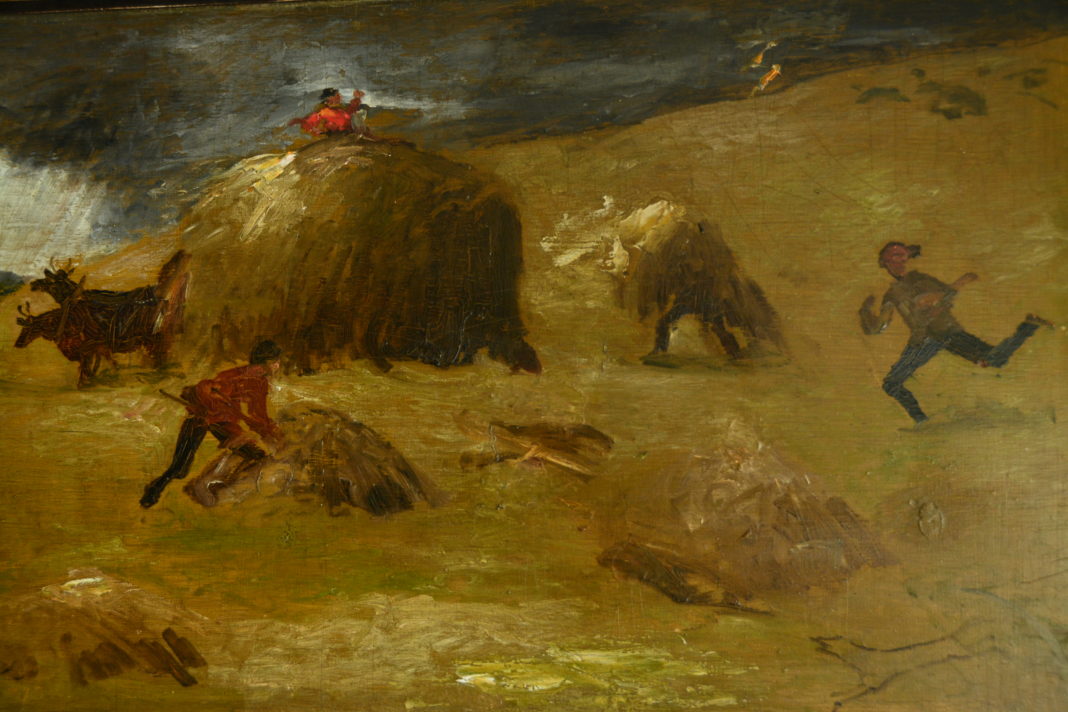
“Approaching Storm” by Robert Brandegee - 1890
Painting by Robert Brandegee -Learn more about Farmington Artists and Their Times – Giverny in Connecticut
Read More →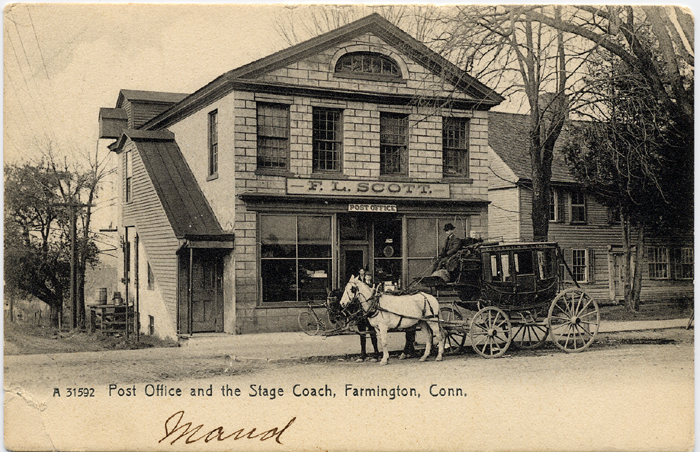
F.L. Scott Store - 1906
This building formerly “Deming’s” which housed the Amistad captives in 1841, is now the Post Office and a general store. It is later moved to Mill Lane and is currently …
Read More →
“The Village of Beautiful Homes” Published - 1906
In 1906, “Farmington, Connecticut, The Village of Beautiful Homes” was published by Arthur L. Brandegee and Eddy R. Smith, celebrating the history and beauty of the community, with “Photographic reproductions, …
Read More →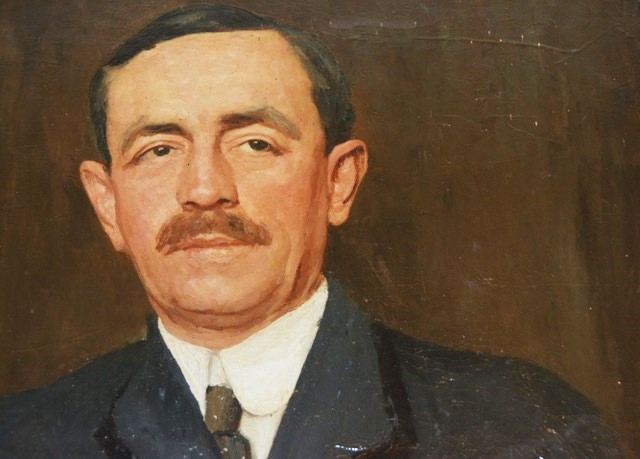
Herbert Knox Smith - 1931
Herbert Knox Smith, son of a former pastor of First Church in Farmington, graduated from Yale in 1891. He earned his law degree from Yale in 1895 and was admitted …
Read More →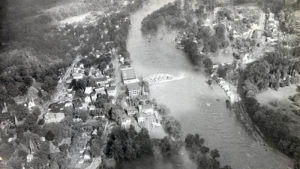
Flood of 1955 - 1955
In August 1955, two separate hurricanes, Connie and Diane, inundated Connecticut with heavy rainfall and unleashed a devastating flood, the worst natural disaster in the state’s recorded history. Thirteen Farmington …
Read More →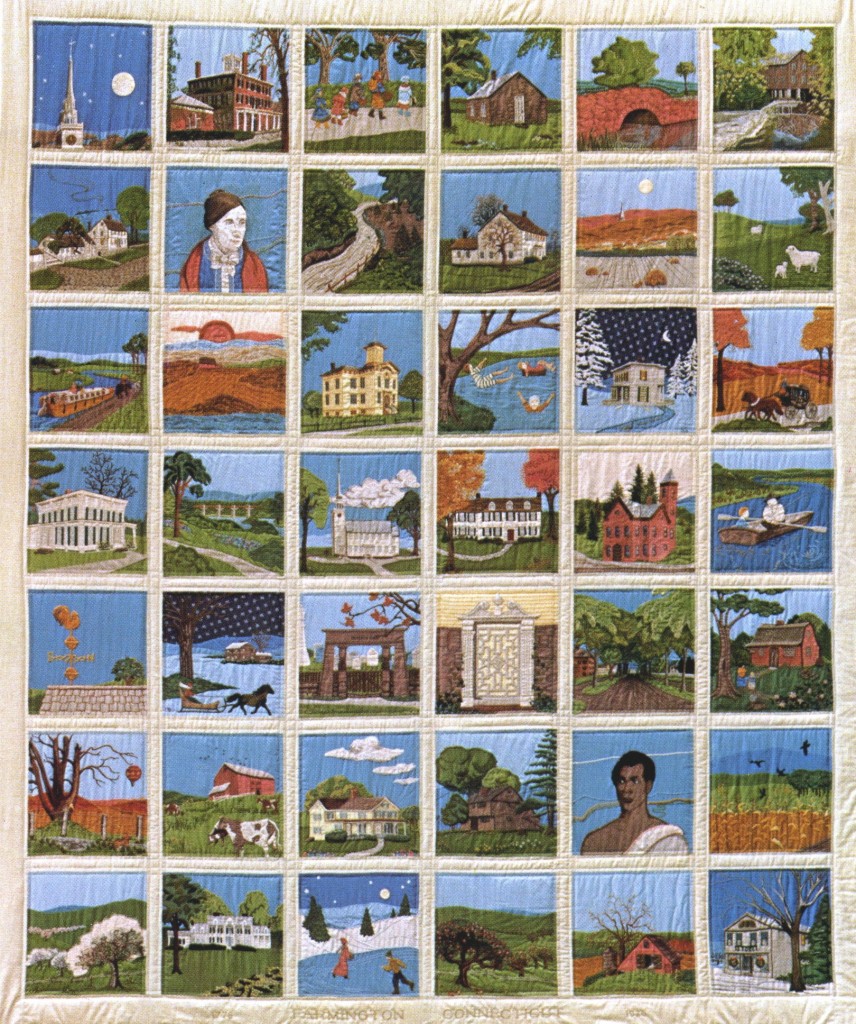
Farmington Bicentennial Quilt, 1976 - 1976
The creation of the Farmington Quilt was an extraordinary community project involving 120 volunteers who donated their time and talent over a two-year period. Three quilts were made; two were …
Read More →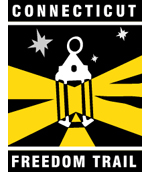
Connecticut Freedom Trail - 1995
The Connecticut Freedom Trail was authorized in 1995 by an act of the Connecticut General Assembly. Farmington sites on the trail include Amistad sites and Underground Railroad safe houses where fugitive slaves were hidden by abolitionists.
Read More →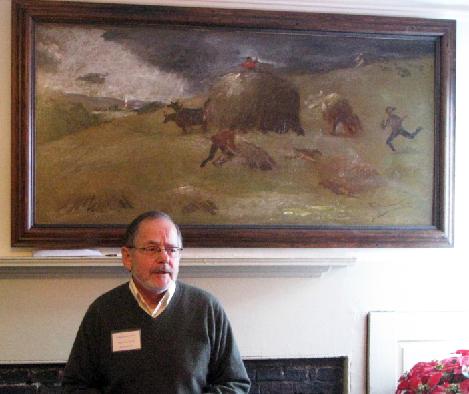
Farmington Historical Society Welcomes 2011 - 2011
by Irene Van Another year of “preserving the town’s history and educating the public about its significance” was celebrated at the Farmington Historical Society’s New Year’s Gala on Sunday, …
Read More →
